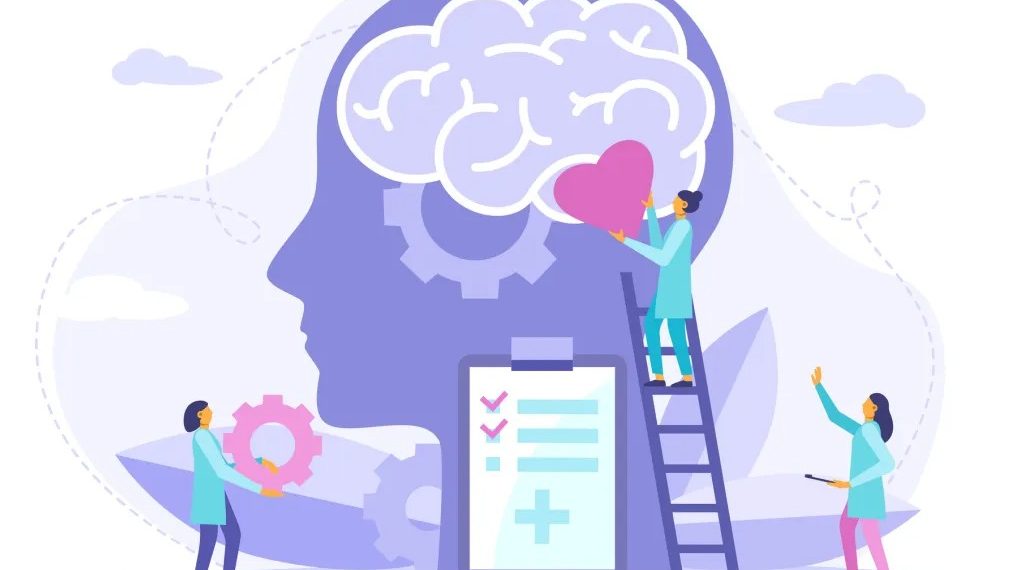
In today’s world, the news that reaches us through newspapers, television, and social media often highlights shocking incidents—be it fights in parking lots, hit-and-run accidents, kidnappings, or even violent attacks. These stories, especially those with graphic visuals on TV and social media, can create a deep sense of insecurity and fear. This constant exposure to distressing news takes a toll on our mental health, leading to heightened anxiety and stress.
A Look Back: Changes Over the Years
Thirty years ago, people like Prakashkaka would speak fondly of a time when the neighborhood was a safe place. “We never felt unsafe, whether it was late at night or during the day,” he recalls. “The youth would hang around the corner, but they kept a watchful eye on the residents. If someone needed help, they would step in.” That sense of community has changed, and today, even familiar neighborhoods feel unsafe.
In the past decade, the sense of safety in Prakashkaka’s locality has diminished. What was once a secure environment has now become a place where even a casual walk or drive raises concerns. The increase in traffic, the unpredictable behavior of strangers, and the growing sense of lawlessness have left people feeling vulnerable.
The Growing Sense of Insecurity
As the years have passed, many have noticed a shift in the atmosphere of their neighborhoods. The once close-knit communities are being replaced by impersonal, fast-developing urban spaces. “I sometimes fear for my safety when I walk alone, even during the day,” says Mangalakaku. “What if someone grabs my bag or causes me harm?” People are no longer as vigilant or protective as they once were.
Madhura, Mangalakaku’s niece, who recently started a job in a corporate setting, also experiences this sense of insecurity. Her workplace, where she travels daily by taxi, often feels uncomfortable, especially when male colleagues try to cross professional boundaries. The environment, coupled with unpredictable working hours, sometimes triggers anxiety and feelings of vulnerability. Her younger sister, who once loved going to college, now avoids it because she feels unsafe on campus, especially during crowded events like festivals or annual functions.
Factors Contributing to Insecurity
Several factors contribute to the growing sense of insecurity in modern environments. The rapid urbanization and construction projects, the lack of basic infrastructure like street lights, water supply, and proper housing, all create an atmosphere of unease. The increasing economic instability, family conflicts, and rising crime rates further contribute to this insecurity.
Social issues such as addiction, rising unemployment, and a lack of education only add to the fear. As neighborhoods undergo changes, sometimes turning from tight-knit communities to fragmented areas, it becomes difficult for people to feel connected or safe. Violence and crime in these areas often lead to a general feeling of unease, with people fearing the worst even in broad daylight.
The Changing Mindset and Its Impact
The evolving mindset of individuals also contributes to the rise in insecurity. A lack of empathy, the breakdown of trust in others, and increasing isolation lead to a sense of insecurity. People are no longer as willing to help or trust their neighbors. Women, in particular, face an increased sense of vulnerability, with rising incidents of violence and harassment rooted in patriarchal attitudes and power imbalances.
In an environment where respect and understanding are eroding, and where violence is normalized, it’s no surprise that many, especially women, feel unsafe. The widespread lack of respect for women only fuels the growing insecurity that women feel on a daily basis.
Global Events and Their Impact on Mental Health
Our perception of safety is also influenced by global events. Natural disasters, terrorism, and conflicts around the world often lead to an overall sense of insecurity. Economic crises and political instability further add to the feeling of uncertainty. People begin to feel like they and their loved ones are not safe, and this sense of helplessness takes a toll on mental health.
When large-scale disasters or violent incidents occur in our communities—such as an accident, a riot, or a natural calamity like floods—it leaves a lasting psychological impact. For some, these events lead to Post-Traumatic Stress Disorder (PTSD), where they constantly relive the traumatic experience, making it hard to function normally. Such events create lingering fear, anxiety, and sleep disturbances, which worsen over time if left unaddressed.
Physical Illnesses Due to Insecurity
Long-term exposure to an unsafe environment leads to chronic stress and anxiety, which can have serious physical health consequences. Constant worry about personal safety and the safety of loved ones can lead to high blood pressure, diabetes, and other stress-related conditions. Moreover, anxiety and depression levels also rise, making it harder for individuals to cope with daily challenges.
The Importance of Feeling Safe
On the other hand, a sense of security fosters better mental health. When people feel safe in their neighborhoods, they are more likely to connect with others, form supportive relationships, and experience less stress. Having a strong community network and a sense of collective safety can significantly improve one’s mental well-being. Knowing that people are looking out for each other brings immense comfort and reassurance.
A safe environment helps individuals build resilience, face challenges more effectively, and maintain mental peace. When you feel secure, you’re better able to deal with adversity and take on life’s obstacles with a sense of confidence and strength. Simply put, mental well-being thrives in a secure environment.


